#Muir Cheilteach
Text
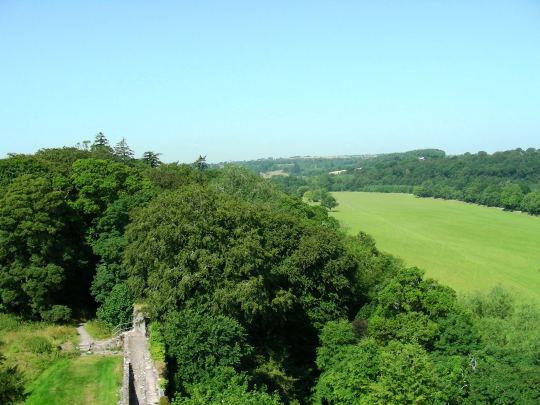





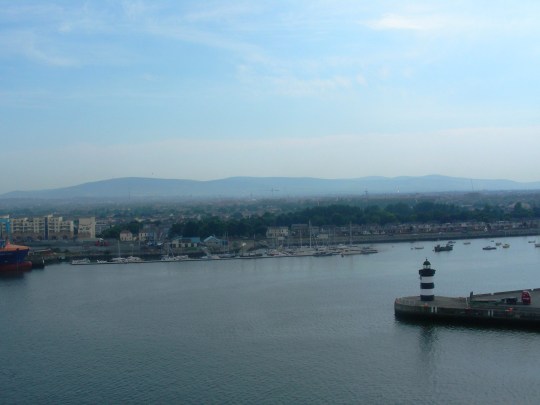



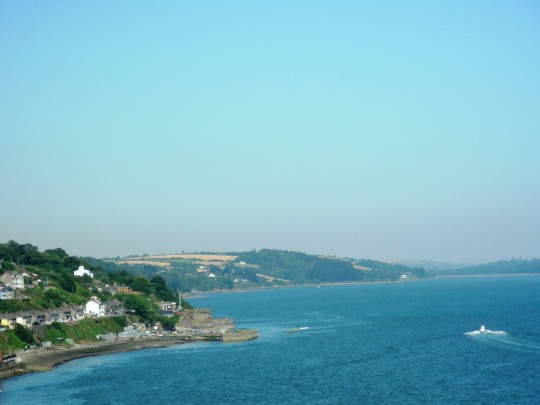

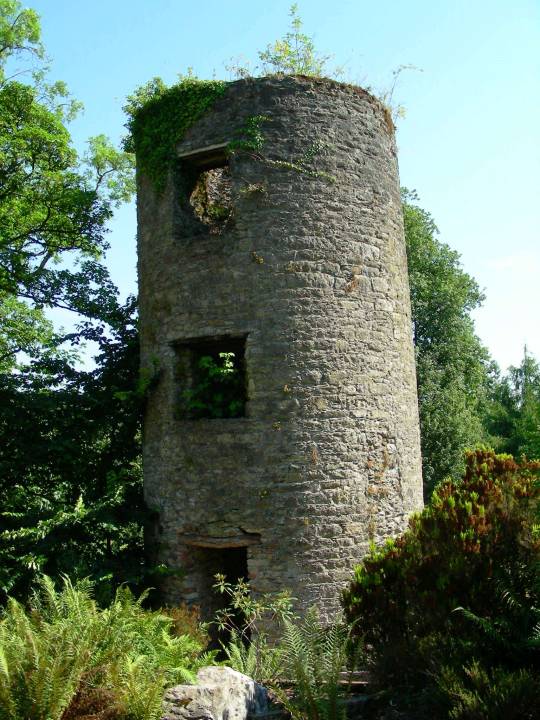
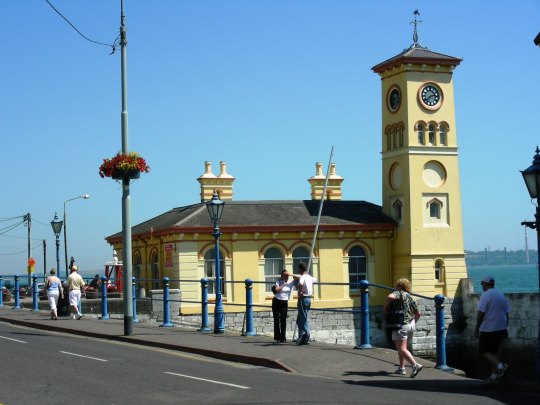
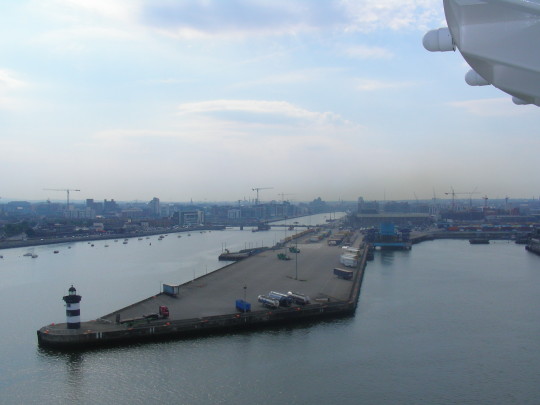
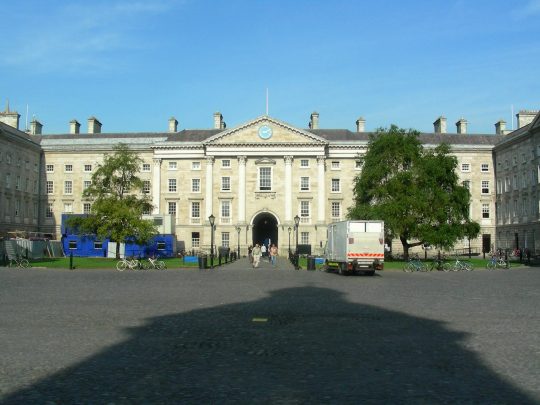
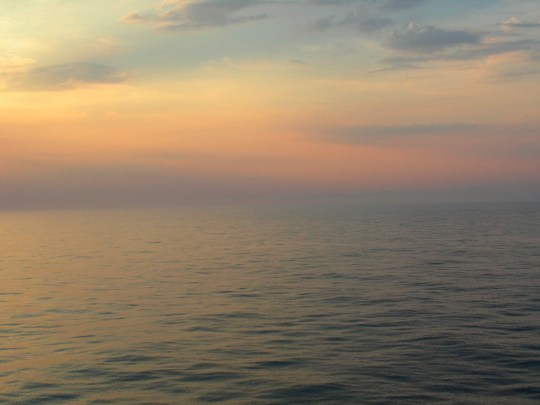

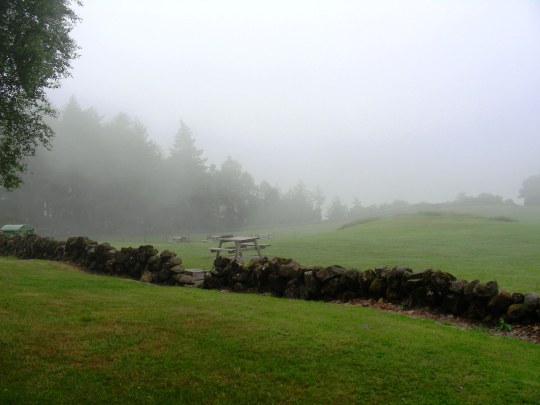

Saint Patrick returned to Ireland as a missionary bishop on April 5, 456.
#Cathedral Basilica of St. Augustine#St Colman's Cathedral#Cobh#Cork#USA#Blarney Castle#Trinity College#Irish Sea#sunset#Liffey River#Dublin#Muir Cheilteach#Ireland#landscape#seascape#countryside#Saint Patrick#St. Patrick#summer 2006#original photography#returned#5 April 456#anniversary#Irish history#architecture#cityscape#tourist attraction#landmark#travel#vacation
33 notes
·
View notes
Photo
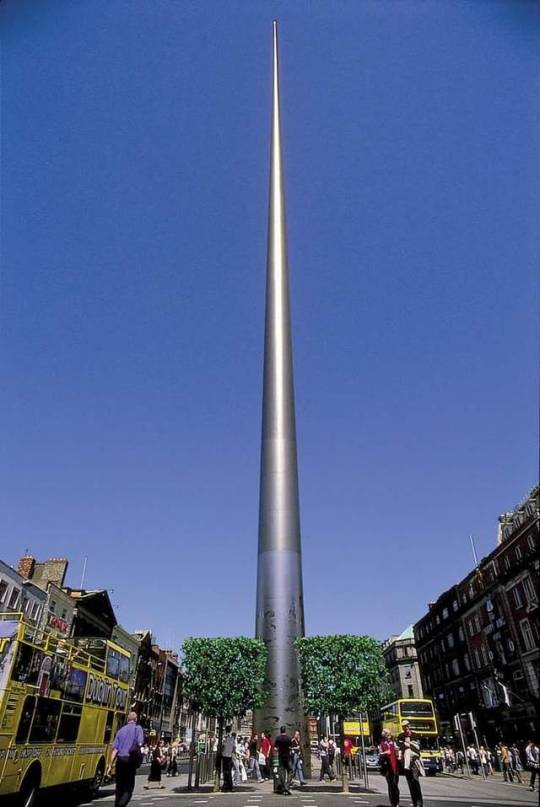
December 29: Constitution Day wishes to Ireland Ireland ( Éire), also known as the Republic of Ireland (Poblacht na hÉireann), is a sovereign state in north-western Europe occupying 26 of 32 counties of the island of Ireland. The capital and largest city is Dublin, which is located on the eastern part of the island, and whose metropolitan area is home to around a third of the country's 4.75 million inhabitants. The state shares its only land border with Northern Ireland, a part of the United Kingdom. It is otherwise surrounded by the Atlantic Ocean, with the Celtic Sea to the south, Saint George's Channel to the south-east, and the Irish Sea to the east. It is a unitary, parliamentary republic. The legislature, the Oireachtas, consists of a lower house, Dáil Éireann, an upper house, Seanad Éireann, and an elected President (Uachtarán) who serves as the largely ceremonial head of state, but with some important powers and duties. The head of government is the Taoiseach (Prime Minister, literally 'Chief', a title not used in English), who is elected by the Dáil and appointed by the President; the Taoiseach in turn appoints other government ministers. The state was created as the Irish Free State in 1922 as a result of the Anglo-Irish Treaty. It had the status of dominion until 1937 when a new constitution was adopted, in which the state was named "Ireland" and effectively became a republic, with an elected non-executive president as head of state. It was officially declared a republic in 1949, following the Republic of Ireland Act 1948. Ireland became a member of the United Nations in December 1955. It joined the European Economic Community (EEC), the predecessor of the European Union, in 1973. The state had no formal relations with Northern Ireland for most of the twentieth century, but during the 1980s and 1990s the British and Irish governments worked with the Northern Ireland parties towards a resolution to "the Troubles". Since the signing of the Good Friday Agreement in 1998, the Irish government and Northern Ireland Executive have co-operated on a number of policy areas under the North-South Ministerial Council created by the Agreement. Ireland ranks among the top twenty-five wealthiest countries in the world in terms of GDP per capita, and as the tenth most prosperous country in the world according to The Legatum Prosperity Index 2015. After joining the EEC, Ireland enacted a series of liberal economic policies that resulted in rapid economic growth. The country achieved considerable prosperity between the years of 1995 and 2007, which became known as the Celtic Tiger period. This was halted by an unprecedented financial crisis that began in 2008, in conjunction with the concurrent global economic crash. However, as the Irish economy was the fastest growing in the EU in 2015, Ireland is again quickly ascending league tables comparing wealth and prosperity internationally. For example, in 2015, Ireland was ranked as the joint sixth (with Germany) most developed country in the world by the United Nations Human Development Index. It also performs well in several national performance metrics, including freedom of the press, economic freedom and civil liberties. Ireland is a member of the European Union and is a founding member of the Council of Europe and the OECD. The Irish government has followed a policy of military neutrality through non-alignment since immediately prior to World War II and the country is consequently not a member of NATO, although it is a member of Partnership for Peace. 29 Nollaig: Is mian le Lá an Bhunreachta d'Éirinn Is é an t-ainm a bhfuil Éire ar a dtugtar Poblacht na hÉireann, stát ceannasach in iarthuaisceart na hEorpa, ag áitiú 26 as 32 gcontae d'oileán na hÉireann. Is é Baile Átha Cliath an caipiteal agus an chathair is mó, atá suite ar an taobh thoir den oileán, agus tá thart ar an tríú cuid de 4.75 milliún áitritheoir na tíre ina limistéar uirbeach. Is í an stát an t-aon teorainn talún atá aige le Tuaisceart Éireann, cuid den Ríocht Aontaithe. Tá an tAigéan Atlantach timpeallaithe aige ar shlí eile, leis an Mhuir Cheilteach ar an taobh ó dheas, Channel Channel Naomh Sheoirse san oirdheisceart, agus Muir na hÉireann ar an taobh thoir. Is poblacht aonadach, parlaiminte í. Is éard atá sa reachtas, an tOireachtas, ná teach níos ísle, Dáil Éireann, teach uachtarach, Seanad Éireann, agus Uachtarán tofa (Uachtarán) a fheidhmíonn mar phríomh-stáit searmanas, ach le roinnt cumhachtaí agus dualgais thábhachtacha. Is é ceann an rialtais an Taoiseach (Príomh-Aire, 'Príomh-Phríomhoide', teideal nach n-úsáidtear sa Bhéarla), a thoghfaidh an Dáil agus a cheapann an tUachtarán é; ceapann an Taoiseach airí rialtais eile ina dhiaidh sin. Cruthaíodh an stát mar Shaorstát na hÉireann i 1922 mar thoradh ar an gConradh Angla-Éireannach. Bhí stádas an teannas aige go dtí 1937 nuair a glacadh bunreacht nua, inar ainmníodh an stát "Éire" agus gur éirigh leis an bpobal é go héifeachtach, agus uachtarán neamhfheidhmiúcháin tofa mar cheann stáit. Rinneadh Poblacht na hÉireann a dhearbhú go hoifigiúil i 1949, tar éis Acht Phoblacht na hÉireann 1948. Tháinig Éire ina bhall de na Náisiúin Aontaithe i mí na Nollag 1955. Chuaigh sé isteach i gComhphobal Eacnamaíochta na hEorpa (CEE), réamhtheachtaí an Aontais Eorpaigh, i 1973. An ní raibh aon chaidreamh foirmiúil ag an stát le Tuaisceart Éireann don chuid is mó den fhichiú haois, ach le linn na 1980í agus na 1990idí d'oibrigh rialtais na Breataine agus na hÉireann le páirtithe Thuaisceart Éireann i dtreo rún ar "na Trioblóidí". Ó shínigh Comhaontú Aoine an Chéasta i 1998, tá rialtas na hÉireann agus Feidhmeannas Thuaisceart Éireann tar éis comhoibriú ar roinnt réimsí beartais faoin gComhairle Aireachta Thuaidh-Theas a chruthaigh an Comhaontú. Tá Éire i measc na cúig tír is fiche is saibhre is fearr sa domhan i dtéarmaí OTI in aghaidh an duine, agus mar an deichiú tír is rathúla sa domhan de réir Innéacs Rathúnas Legatum 2015. Tar éis dó dul isteach sa CEE, achtaigh Éire sraith de eacnamaíoch liobrálacha beartais a d'eascair le fás tapa eacnamaíochta. Bhain an tír rathúnas suntasach idir na blianta 1995 agus 2007, ar a dtugtar tréimhse na Tíogair Cheiltigh. Stad géarchéim airgeadais nach bhfacthas riamh roimhe seo é seo a thosaigh i 2008, i gcomhar leis an timpiste eacnamaíoch domhanda chomhthráth. Mar sin féin, ós rud é gurb é geilleagar na hÉireann an fás is tapúla san AE in 2015, tá Éire ag teacht suas go tapa ar tháblaí sraithe ag teacht chun cinn saibhreas agus rathúnas go hidirnáisiúnta. Mar shampla, in 2015, rangaithe Éire mar an séú (an Ghearmáin) an tír is forbartha ar domhan ag Innéacs um Fhorbairt Daonna na Náisiún Aontaithe. Feidhmíonn sé go maith i roinnt méadracht feidhmíochta náisiúnta, lena n-áirítear saoirse an phreasa, saoirse eacnamaíoch agus saoirsí sibhialta. Tá Éire ina bhall den Aontas Eorpach agus is ball de chuid Chomhairle na hEorpa agus an OECD é. Tá polasaí neodrachta míleata ag rialtas na hÉireann trí neamh-ailíniú ó díreach roimh an Dara Cogadh Domhanda agus níl an tír mar chomhalta den NATO dá bhrí sin, cé go bhfuil sé ina bhall den Chomhpháirtíocht um Shíocháin. #Ireland #Éire #Irish #AmhránnabhFiann #Dublin #MichaelDHiggins #LeoVaradkar #SimonCoveney #CliffsofMoher #GuinnessStorehouse #BlarneyCastle #RingofKerry #Galway #Cork #Limerick #Waterford #Killarney #Belfast #Kilkenny #Westport #Kinsale #Éireann #Gaeilge #baileáthaCliath #LáanBhunreachta #Bunreacht #Oireachtas #DáilÉireann #SeanadÉireann #Uachtarán
0 notes
Text


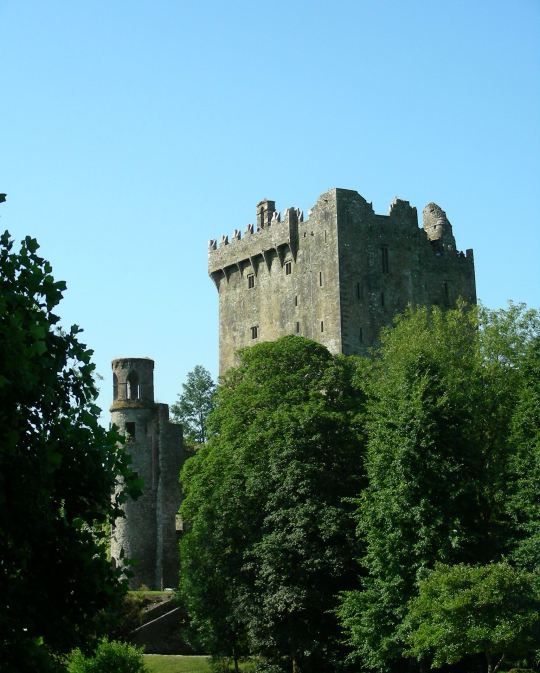
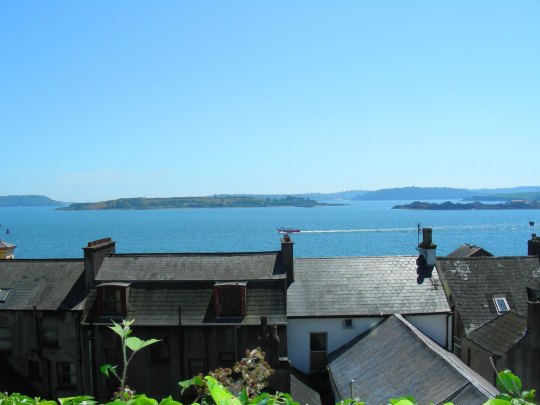


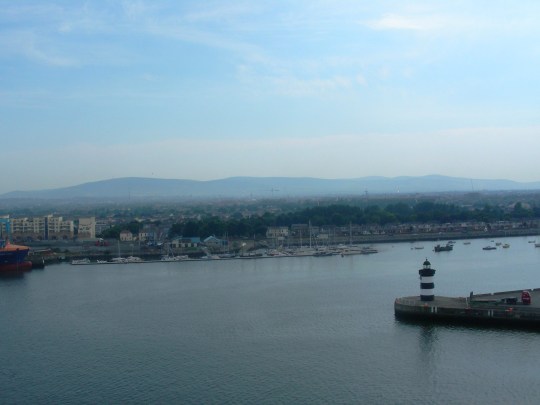

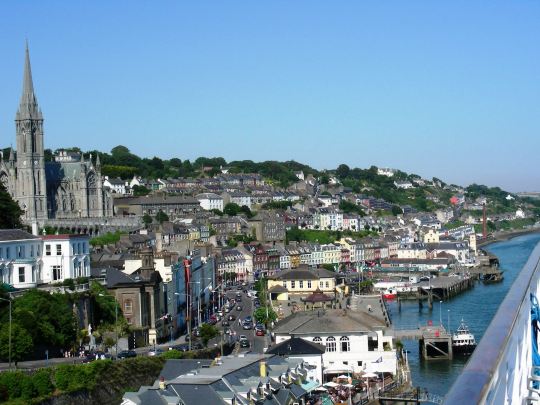
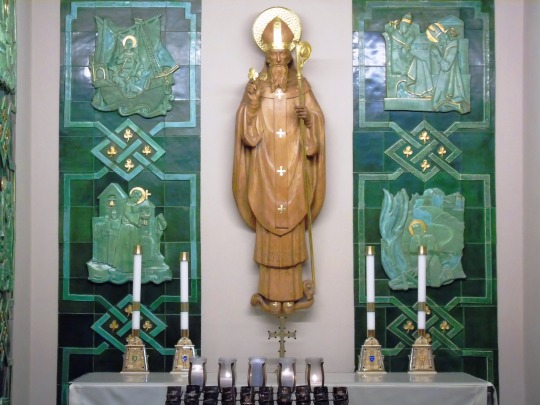





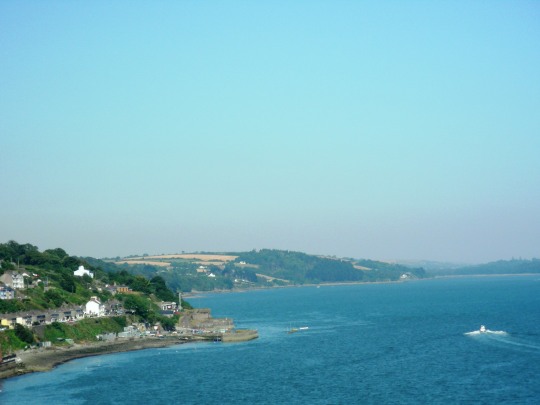
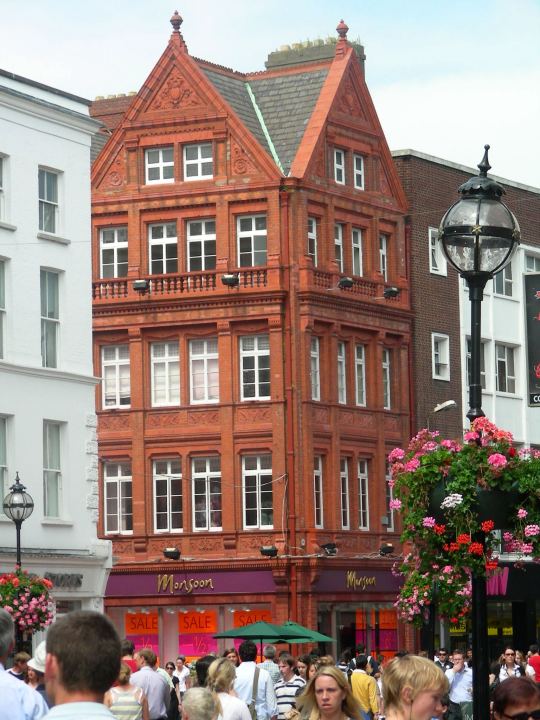

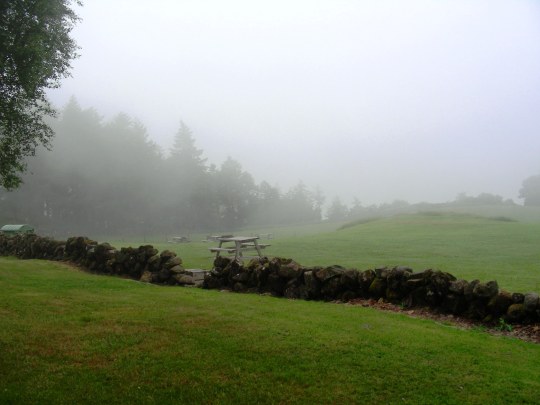
Saint Patrick’s Day
Saint Patrick’s Day is an annual feast celebrated on March 17th. Get ready to don yourself with the greenest garb, eat some clover-shaped cookies and march in Irish pride parades. St Patrick was the patron saint and bishop of Ireland. He was also the national apostle of Ireland who is credited with bringing the Christianity to Ireland. St Patrick’s Day is a religious feast day in the 17th-century which has evolved into a variety of festivals from across the globe. The celebration includes Irish culture with parades, special foods, music, dancing, and a whole lot of traditional green feast of the meal of Irish bacon and cabbage. St Patrick’s Day is also celebrated inside and outside of Ireland as a cultural and religious holiday. Saint Patrick’s Day is a global celebration of Irish culture and honors St Patrick, one of Ireland’s patron saints.
“Christ beside me, Christ before me, Christ behind me, Christ within me, Christ beneath me, Christ above me.” – Saint Patrick
History of Saint Patrick’s Day
The origin, history, and the first observance of Saint Patrick’s Day are as old as St Patrick. Therefore the exact person or organization who has come up celebrating the St Patrick is anonymous. However, the history and tradition of St Patrick’s Day celebration are rich and long. March 17th is chosen for the feast as it is the traditional death date of Saint Patrick in or around the year 493. St Patrick’s Day is otherwise called as or the Feast of Saint Patrick or Lá Fhéile Pádraig in Irish, meaning the Day of the Festival of Patrick. It is a cultural and religious celebration, and the Irish have observed this day as a religious holiday for beyond 1,000 years. St Patrick’s Day was made as an official Christian feast day during the early 17th century and is observed by the Catholic Church, the Anglican Communion, the Eastern Orthodox Church, and the Lutheran Church.
St Patrick’s Day commemorates Saint Patrick and the arrival of the Christianity in Ireland. The annual commemoration, in general, celebrates the rich heritage and culture of the Irish. People in Ireland have been celebrating the Roman Catholic feast day of St Patrick on March 17 around the ninth or tenth century. The first parade was held to honor St Patrick’s Day took place in the United States and not in Ireland. The celebration Day falls during the Christian season of Lent, and the Irish families would traditionally attend the church in the morning and celebrate it in the afternoon. People will drink, dance and feast on the traditional meal of Irish bacon and cabbage as the Lenten prohibitions against the consumption of meat were abandoned on the celebration.
Saint Patrick’s Day is still a public holiday in many countries including the Republic of Ireland and has also been celebrated in more countries than any other national festival. Until the late 20th century, the St Patrick’s Day was often a bigger celebration among the diaspora than it was in Ireland. Celebrations usually involve the public parades and festivals, Irish traditional music sessions, and the wearing of the green attire or shamrocks. The Irish brands of drinks are popular at the St Patrick’s Day events. The shamrock is considered to be the most common St Patrick’s Day symbol. The shamrock is traditionally the leaf of the clover plant that is referred to as a symbol of the Holy Trinity. People prefer to wear the color green and the St Patrick’s Day parades will hold the flag of the Republic of Ireland around the world.
The custom of ‘drowning the shamrock‘ or ‘wetting the shamrock‘ on the St Patrick’s Day was historically popular, especially in Ireland. A shamrock is then put into the bottom of a cup at the end of the celebrations and then the cup is filled with the alcohol like whiskey, beer, or cider. The alcohol is then drunk as a toast to St Patrick, Ireland, or those present. The shamrock will either be swallowed with the drink or taken out and tossed over the shoulder for the good luck. It was said that St Patrick had rid Ireland of snakes. However, there have been no snakes in Ireland. Saint Patrick was a 5th-century Romano-British Christian missionary and is considered to be the foremost patron saint of Ireland. He was an “Apostle of Ireland” and bishop in Ireland. Patrick was thought to be born in Roman Britain and was kidnapped and taken to Ireland as a slave when he was 16.
Records say that St Patrick was actually born as Maewyn Succat, but later he had changed his name to Patricius or Patrick that derives from the Latin term for “father figure,” after he has become a priest. He had later escaped but returned to Ireland. Patrick was also credited with bringing the Christianity to the people of Ireland. Patrick had already come to be worshipped as the patron saint of Ireland by the seventh century. The precise dates of Patrick’s life are uncertain as there are many conflicting traditions prevailing regarding the year of his death. It is said to have died on March 17 in or around the year 493. It is said that he had been buried under the Down Cathedral in Downpatrick, Ireland. Thus the St Patrick’s Day celebration is held on the same date throughout the world.
How to Celebrate Saint Patrick’s Day
Celebrating the Saint Patrick’s Day is quite easy. You can wear any green clothing on this celebration Day. Visit a church and attend a St Patrick’s Day parade. Serve your children with sweets and adults can enjoy drinking a ‘pint’ of beer at a local pub. You can organize parties at your home featuring the homemade Irish food and drinks that are dyed in green food colour are part of this celebration. Include the meal of Irish bacon and cabbage to treat your friends and family. If you are affordable, take a visit to Ireland to indulge yourself in the traditional celebrations. You can even go to any restaurants and pubs which offer Irish food or drink to celebrate this Day.
Source
#Saint Patrick’s Day#StPatricksDay#SaintPatricksDay#17 March 493#travel#anniversary#Irish holiday#original photography#Ireland#Cork#Cobh#Cathedral Church of St Colman#architecture#cityscape#ruins#flora#landscape#countryside#seascape#Irish Sea#tourist attraction#landmark#summer 2006#Muir Cheilteach#Blarney Castle#River Liffey#Dublin#Trinity College#St. Patrick's Cathedral#Cathedral Basilica of St. Augustine
4 notes
·
View notes
Photo



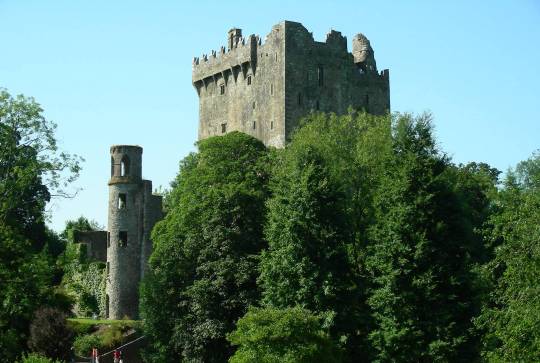
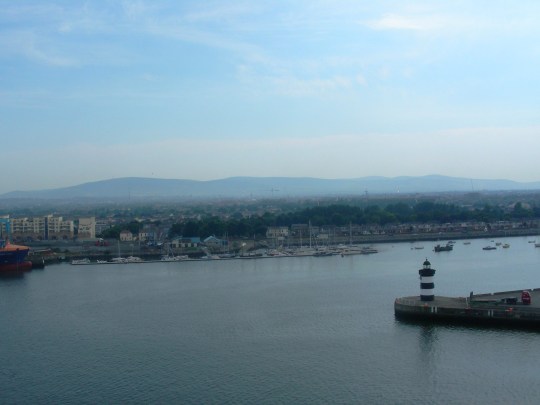





Saint Patrick returned to Ireland as a missionary bishop on April 5, 456.
#Cathedral Basilica of St. Augustine#St Colman's Cathedral#Cobh#Cork#USA#Blarney Castle#Trinity College#Irish Sea#sunset#Liffey River#Dublin#Muir Cheilteach#Ireland#landscape#seascape#countryside#Saint Patrick#St. Patrick#summer 2006#original photography#returned#5 April 456#anniversary#Irish history#architecture#cityscape#tourist attraction#landmark
8 notes
·
View notes
Text
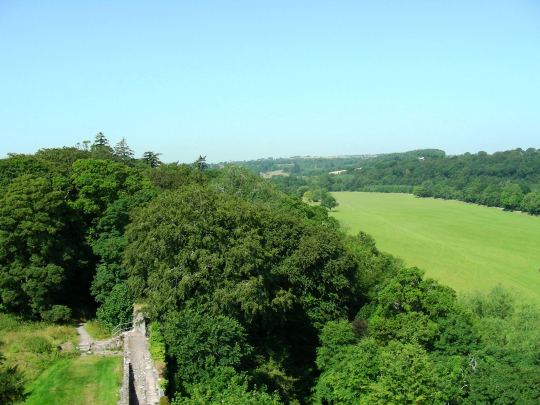
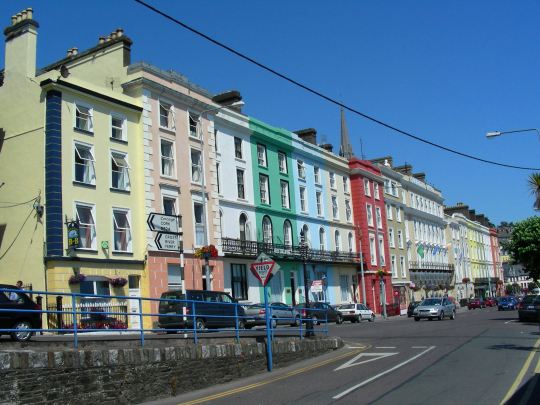

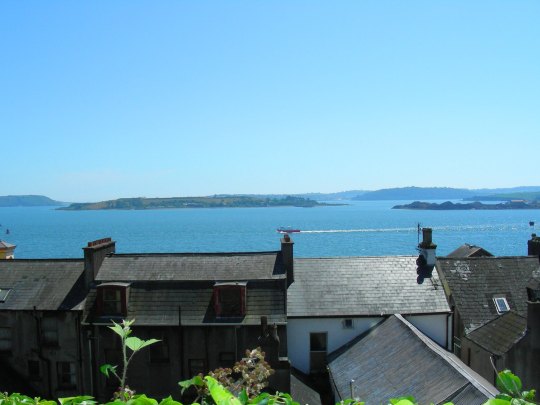
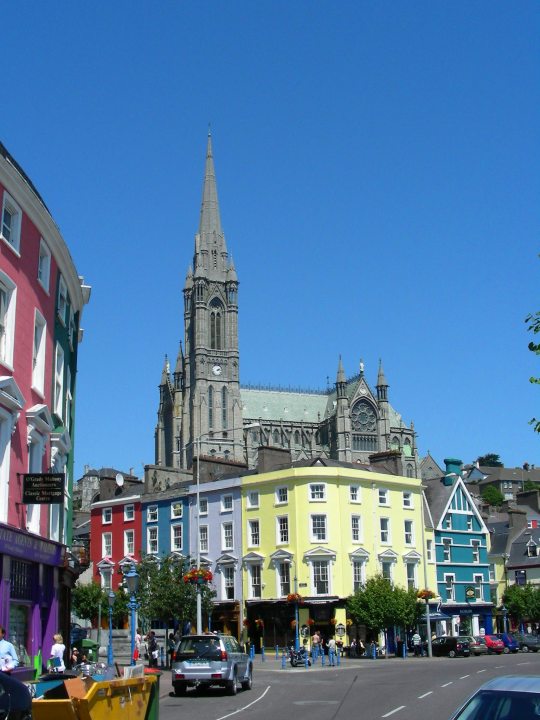
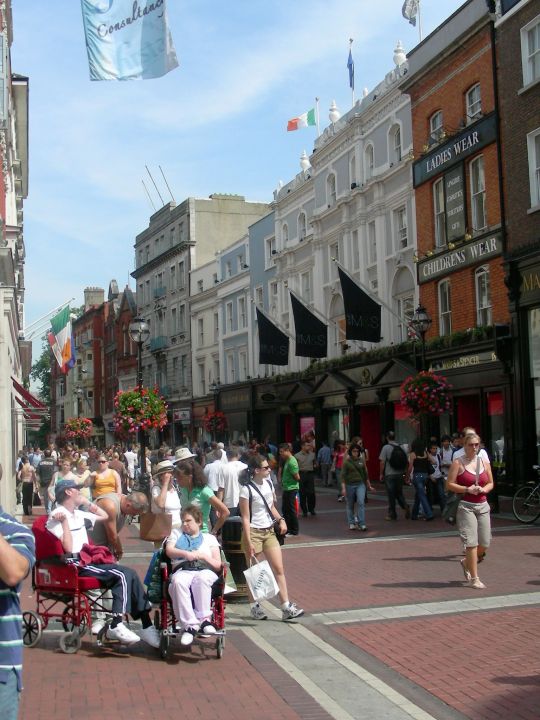
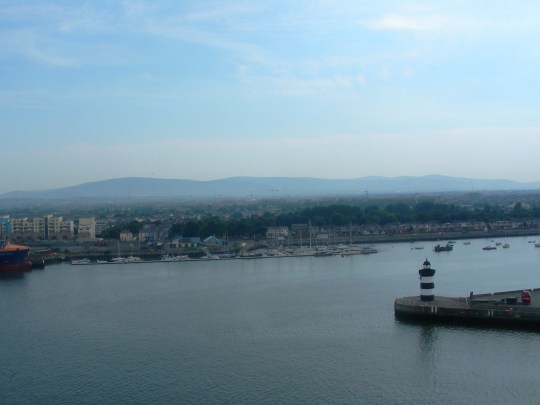



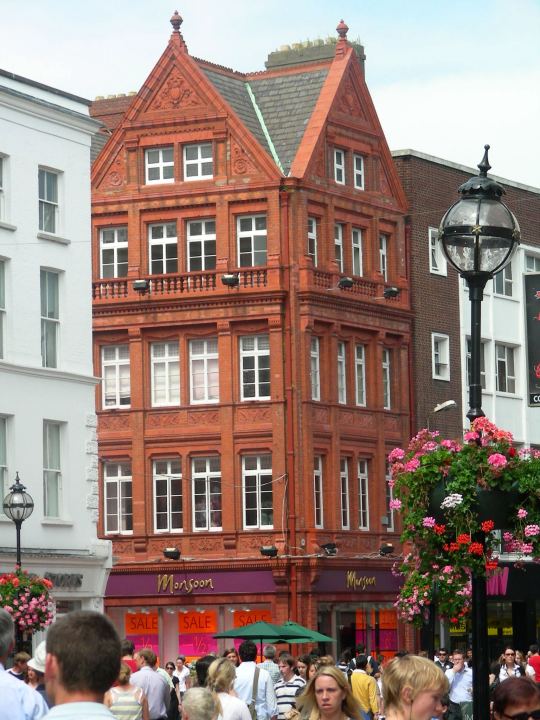


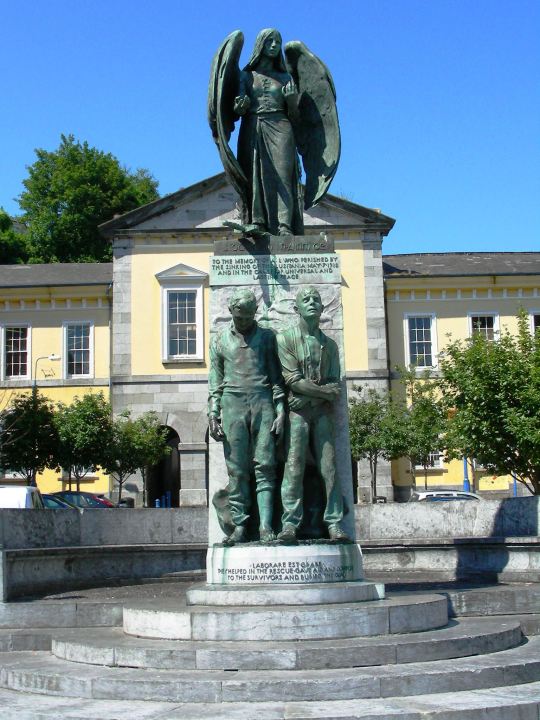


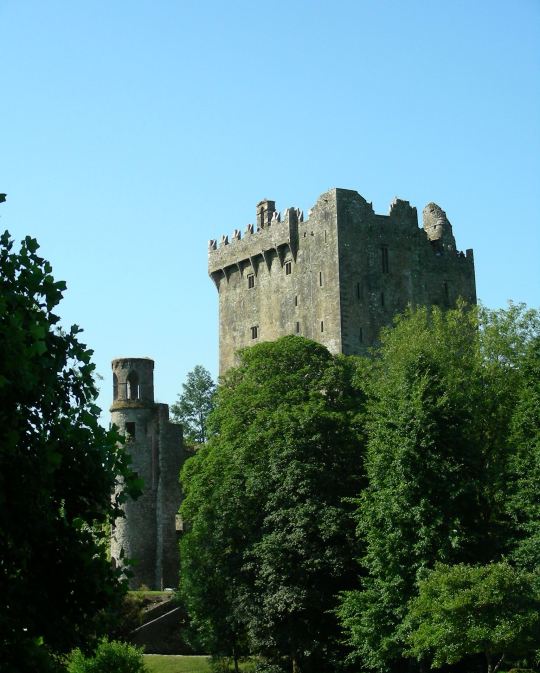
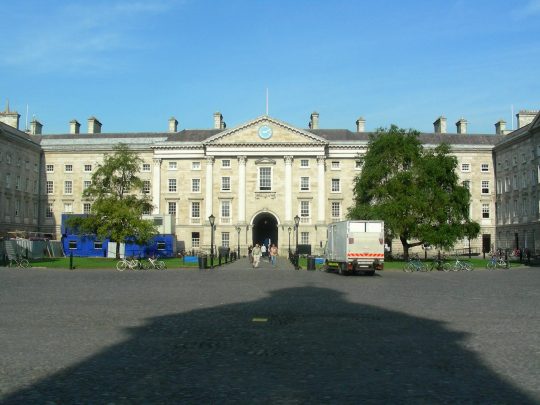

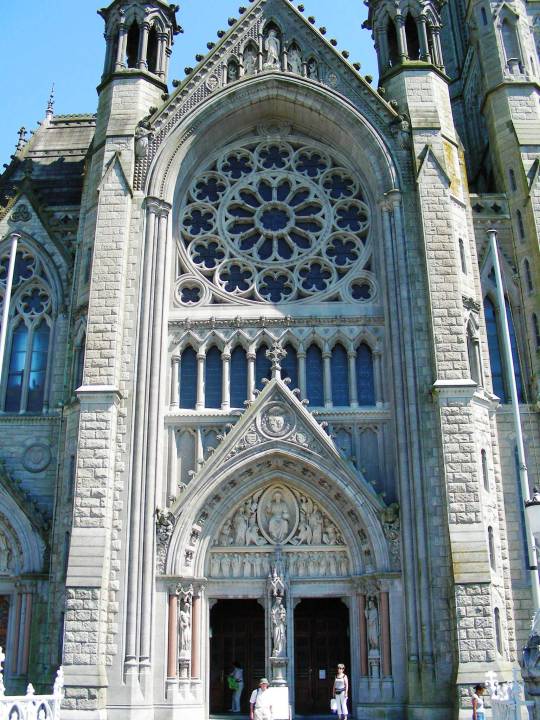


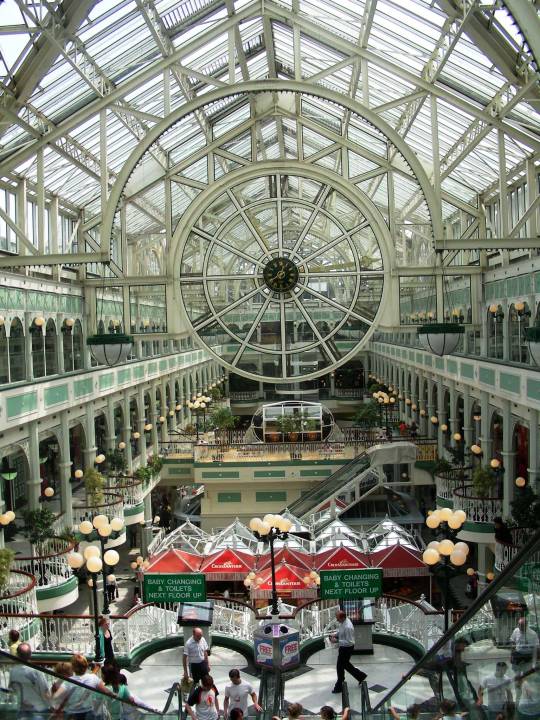
The Irish Free State was replaced by a new state called Ireland with the adoption of a new constitution on December 29, 1937.
#Blarney Castle#Cobh#Ireland#new constitution#29 December 1937#travel#anniversary#Irish history#Irish Sea#Cathedral Church of St Colman#Dublin#Trinity College#Muir Cheilteach#architecture#tourist attraction#landmark#summer 2006#Europe#seascape#sunset#ruins#Emerald Isle#island#original photography#GTS Celebrity Constellation#traffic#Constitution Day#stained glass window#St. Patrick's Cathedral#River Liffey
0 notes
Photo
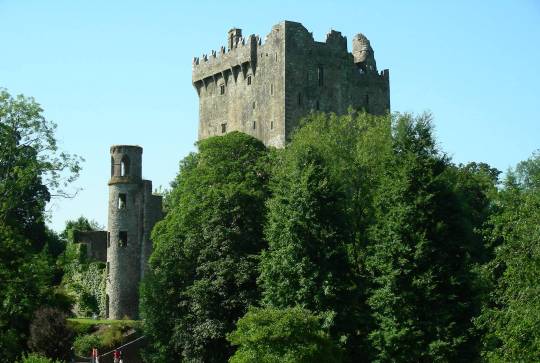
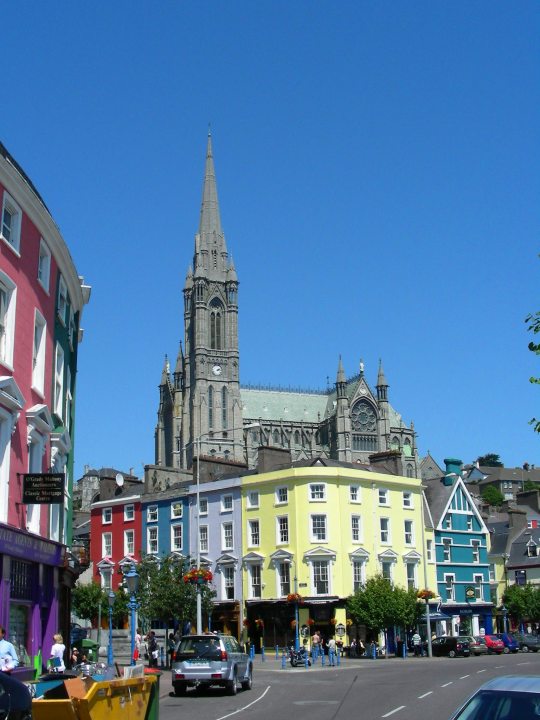




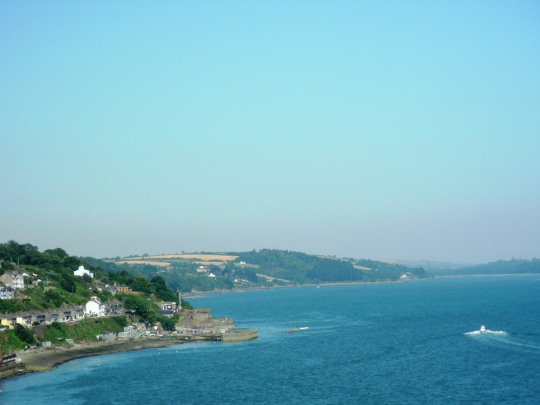



The Irish Free State was replaced by a new state called Ireland with the adoption of a new constitution on December 29, 1937.
#Blarney Castle#Cobh#Ireland#new constitution#29 December 1937#travel#85th anniversary#Irish history#Irish Sea#Cathedral Church of St Colman#Dublin#Trinity College#Muir Cheilteach#architecture#tourist attraction#landmark#summer 2006#Europe#seascape#sunset#ruins#Emerald Isle#island#original photography#GTS Celebrity Constellation#traffic
1 note
·
View note
Photo



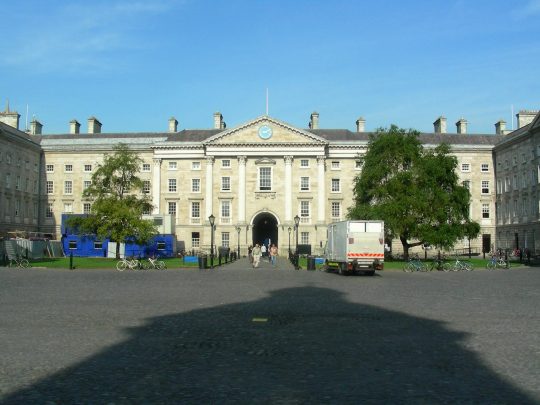

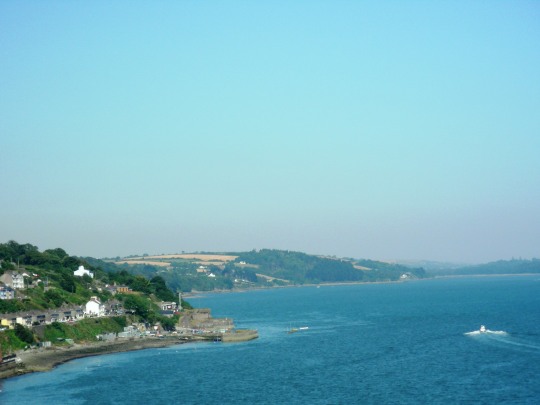




Saint Patrick returned to Ireland as a missionary bishop on April 5, 456.
#Blarney Castle#Saint Patrick#St. Patrick#returned#Ireland#5 April 456#anniversary#Irish history#original photography#summer 2006#landscape#cityscape#countryside#architecture#Cobh#Cork#tourist attraction#St Colman's Cathedral#Muir Cheilteach#Trinity College#Irish Sea#St. Augustine#Cathedral Basilica of St. Augustine#Dublin#River Liffey#Europe
23 notes
·
View notes
Photo

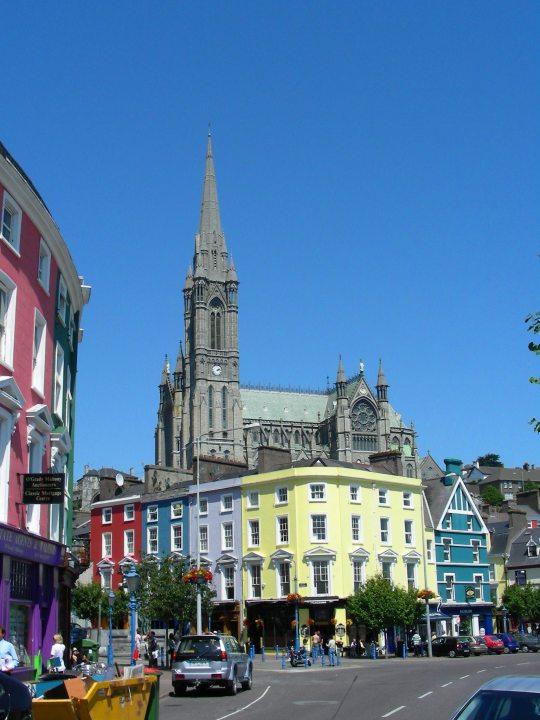



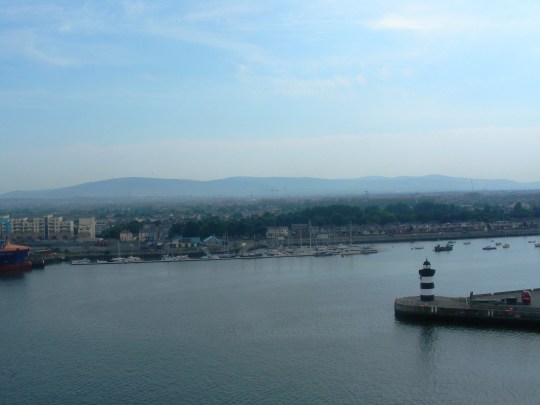




Saint Patrick’s Day
Saint Patrick’s Day is an annual feast celebrated on March 17th. Get ready to don yourself with the greenest garb, eat some clover-shaped cookies and march in Irish pride parades. St Patrick was the patron saint and bishop of Ireland. He was also the national apostle of Ireland who is credited with bringing the Christianity to Ireland. St Patrick’s Day is a religious feast day in the 17th-century which has evolved into a variety of festivals from across the globe. The celebration includes Irish culture with parades, special foods, music, dancing, and a whole lot of traditional green feast of the meal of Irish bacon and cabbage. St Patrick’s Day is also celebrated inside and outside of Ireland as a cultural and religious holiday. Saint Patrick’s Day is a global celebration of Irish culture and honors St Patrick, one of Ireland’s patron saints.
“Christ beside me, Christ before me, Christ behind me, Christ within me, Christ beneath me, Christ above me.” – Saint Patrick
History of Saint Patrick’s Day
The origin, history, and the first observance of Saint Patrick’s Day are as old as St Patrick. Therefore the exact person or organization who has come up celebrating the St Patrick is anonymous. However, the history and tradition of St Patrick’s Day celebration are rich and long. March 17th is chosen for the feast as it is the traditional death date of Saint Patrick in or around the year 493. St Patrick’s Day is otherwise called as or the Feast of Saint Patrick or Lá Fhéile Pádraig in Irish, meaning the Day of the Festival of Patrick. It is a cultural and religious celebration, and the Irish have observed this day as a religious holiday for beyond 1,000 years. St Patrick’s Day was made as an official Christian feast day during the early 17th century and is observed by the Catholic Church, the Anglican Communion, the Eastern Orthodox Church, and the Lutheran Church.
St Patrick’s Day commemorates Saint Patrick and the arrival of the Christianity in Ireland. The annual commemoration, in general, celebrates the rich heritage and culture of the Irish. People in Ireland have been celebrating the Roman Catholic feast day of St Patrick on March 17 around the ninth or tenth century. The first parade was held to honor St Patrick’s Day took place in the United States and not in Ireland. The celebration Day falls during the Christian season of Lent, and the Irish families would traditionally attend the church in the morning and celebrate it in the afternoon. People will drink, dance and feast on the traditional meal of Irish bacon and cabbage as the Lenten prohibitions against the consumption of meat were abandoned on the celebration.
Saint Patrick’s Day is still a public holiday in many countries including the Republic of Ireland and has also been celebrated in more countries than any other national festival. Until the late 20th century, the St Patrick’s Day was often a bigger celebration among the diaspora than it was in Ireland. Celebrations usually involve the public parades and festivals, Irish traditional music sessions, and the wearing of the green attire or shamrocks. The Irish brands of drinks are popular at the St Patrick’s Day events. The shamrock is considered to be the most common St Patrick’s Day symbol. The shamrock is traditionally the leaf of the clover plant that is referred to as a symbol of the Holy Trinity. People prefer to wear the color green and the St Patrick’s Day parades will hold the flag of the Republic of Ireland around the world.
The custom of ‘drowning the shamrock‘ or ‘wetting the shamrock‘ on the St Patrick’s Day was historically popular, especially in Ireland. A shamrock is then put into the bottom of a cup at the end of the celebrations and then the cup is filled with the alcohol like whiskey, beer, or cider. The alcohol is then drunk as a toast to St Patrick, Ireland, or those present. The shamrock will either be swallowed with the drink or taken out and tossed over the shoulder for the good luck. It was said that St Patrick had rid Ireland of snakes. However, there have been no snakes in Ireland. Saint Patrick was a 5th-century Romano-British Christian missionary and is considered to be the foremost patron saint of Ireland. He was an “Apostle of Ireland” and bishop in Ireland. Patrick was thought to be born in Roman Britain and was kidnapped and taken to Ireland as a slave when he was 16.
Records say that St Patrick was actually born as Maewyn Succat, but later he had changed his name to Patricius or Patrick that derives from the Latin term for “father figure,” after he has become a priest. He had later escaped but returned to Ireland. Patrick was also credited with bringing the Christianity to the people of Ireland. Patrick had already come to be worshipped as the patron saint of Ireland by the seventh century. The precise dates of Patrick’s life are uncertain as there are many conflicting traditions prevailing regarding the year of his death. It is said to have died on March 17 in or around the year 493. It is said that he had been buried under the Down Cathedral in Downpatrick, Ireland. Thus the St Patrick’s Day celebration is held on the same date throughout the world.
How to Celebrate Saint Patrick’s Day
Celebrating the Saint Patrick’s Day is quite easy. You can wear any green clothing on this celebration Day. Visit a church and attend a St Patrick’s Day parade. Serve your children with sweets and adults can enjoy drinking a ‘pint’ of beer at a local pub. You can organize parties at your home featuring the homemade Irish food and drinks that are dyed in green food colour are part of this celebration. Include the meal of Irish bacon and cabbage to treat your friends and family. If you are affordable, take a visit to Ireland to indulge yourself in the traditional celebrations. You can even go to any restaurants and pubs which offer Irish food or drink to celebrate this Day.
Source
#Cathedral Basilica of St. Augustine#St Colman's Cathedral#Cobh#Ireland#Blarney Castle#Saint Patrick’s Day#StPatricksDay#17 March#architecture#cityscape#landscape#countryside#summer 2006#original photography#travel#vacation#Europe#Irish Sea#Muir Cheilteach#River Liffey#Dublin#Emerald Isle#Trinity College#St. Patrick's Cathedral#tourist attraction#landmark#summer fog
12 notes
·
View notes
Photo



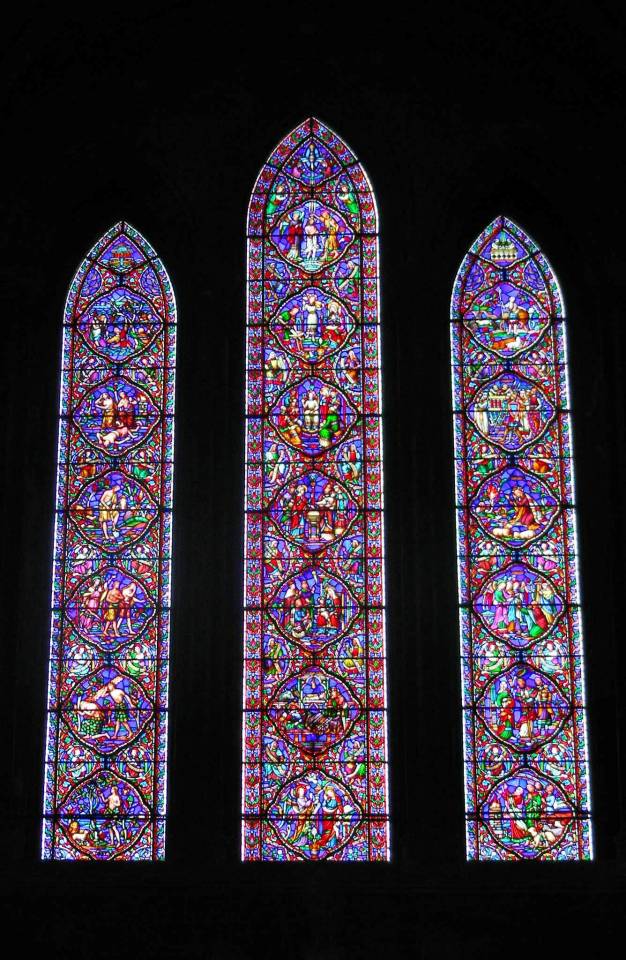



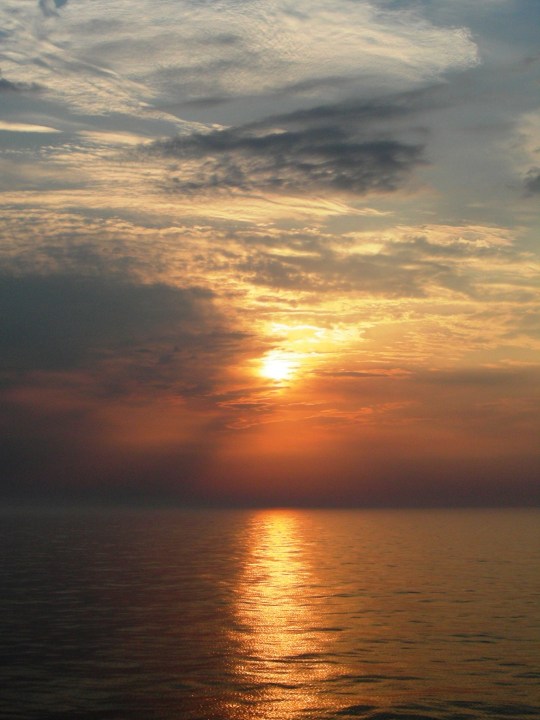


Saint Patrick returned to Ireland as a missionary bishop on April 5, 456.
#Cathedral Basilica of St. Augustine#Cathedral Church of St Colman#landscape#Blarney Castle#Cobh#Saint Patrick#returned#Ireland#5 April 456#travel#Irish history#vacation#summer 2006#cityscape#architecture#countryside#Muir Cheilteach#St. Patrick's Cathedral#Dublin#River Liffey#Irish Sea#Trinity College#tourist attraction#landmark#summer fog#USA#missionary bishop
8 notes
·
View notes
Photo
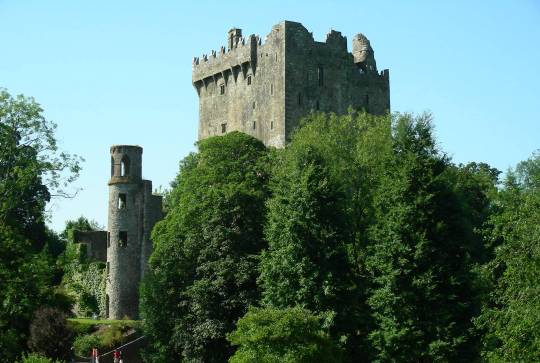

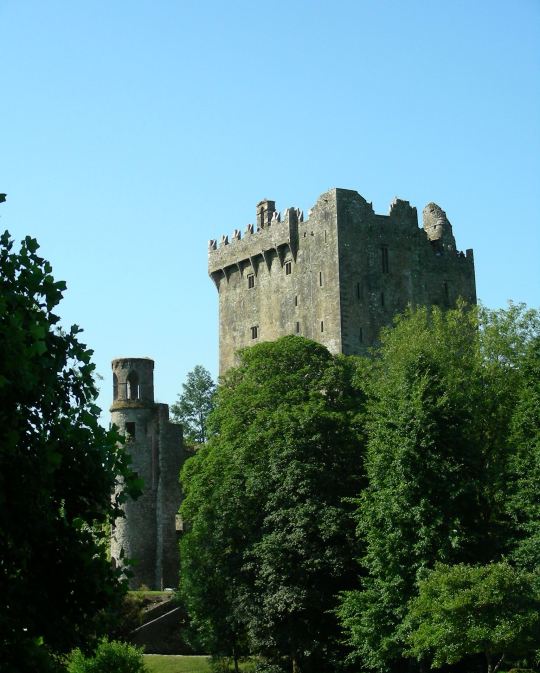
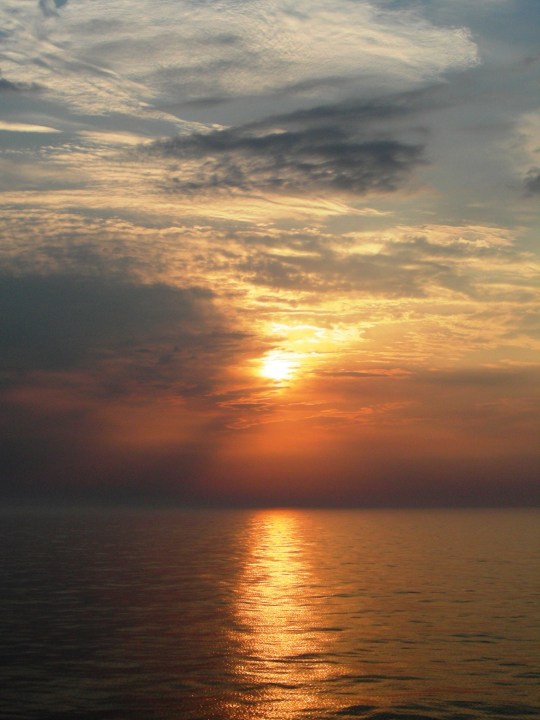


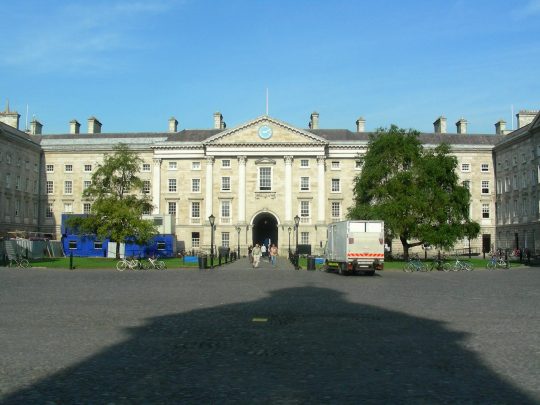
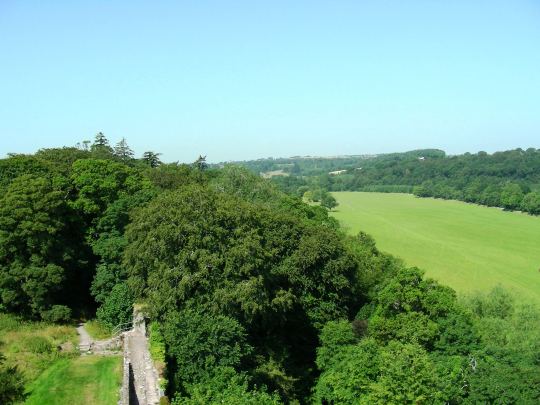


The Irish Free State was replaced by a new state called Ireland with the adoption of a new constitution on December 29, 1937.
#Cathedral Church of St Colman#Cobh#landscape#cityscape#Blarney Castle#Ireland#new constitution#29 December 1937#anniversary#Irish history#summer 2006#original photography#Muir Cheilteach#Regent House#Dublin#Trinity College#St. Patrick's Cathedral#River Liffey#Irish Sea#tourist attraction#architecture#nature
9 notes
·
View notes
Photo
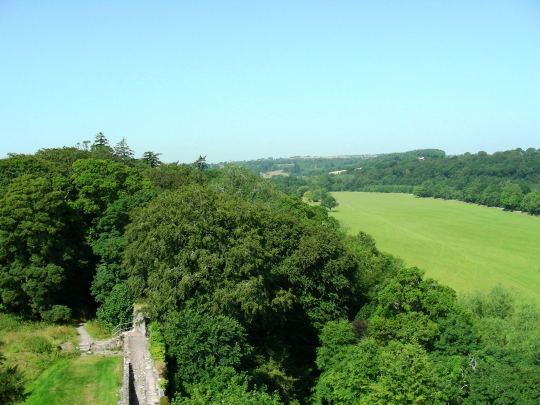







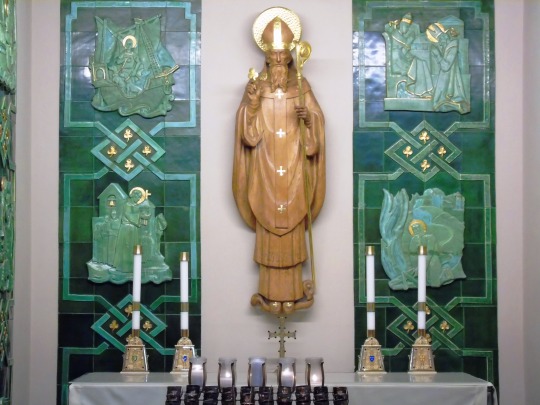
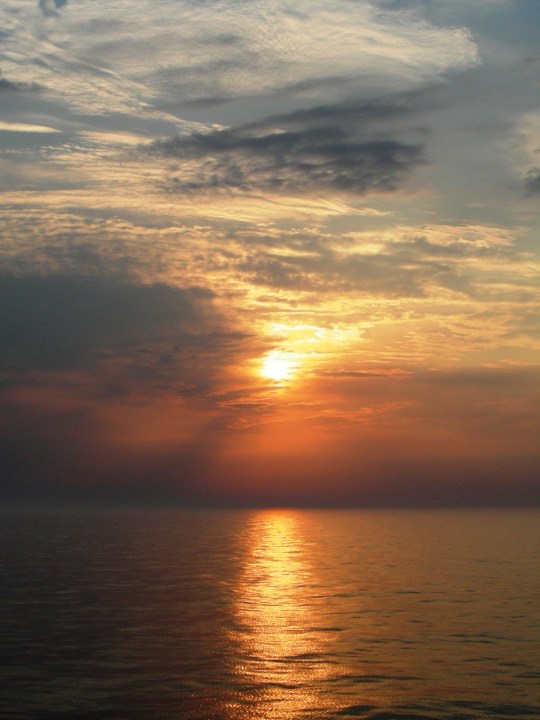
Saint Patrick’s Day
Saint Patrick’s Day is an annual feast celebrated on March 17th. Get ready to don yourself with the greenest garb, eat some clover-shaped cookies and march in Irish pride parades. St Patrick was the patron saint and bishop of Ireland. He was also the national apostle of Ireland who is credited with bringing the Christianity to Ireland. St Patrick’s Day is a religious feast day in the 17th-century which has evolved into a variety of festivals from across the globe. The celebration includes Irish culture with parades, special foods, music, dancing, and a whole lot of traditional green feast of the meal of Irish bacon and cabbage. St Patrick’s Day is also celebrated inside and outside of Ireland as a cultural and religious holiday. Saint Patrick’s Day is a global celebration of Irish culture and honors St Patrick, one of Ireland’s patron saints.
“Christ beside me, Christ before me, Christ behind me, Christ within me, Christ beneath me, Christ above me.” – Saint Patrick
History of Saint Patrick’s Day
The origin, history, and the first observance of Saint Patrick’s Day are as old as St Patrick. Therefore the exact person or organization who has come up celebrating the St Patrick is anonymous. However, the history and tradition of St Patrick’s Day celebration are rich and long. March 17th is chosen for the feast as it is the traditional death date of Saint Patrick in or around the year 493. St Patrick’s Day is otherwise called as or the Feast of Saint Patrick or Lá Fhéile Pádraig in Irish, meaning the Day of the Festival of Patrick. It is a cultural and religious celebration, and the Irish have observed this day as a religious holiday for beyond 1,000 years. St Patrick’s Day was made as an official Christian feast day during the early 17th century and is observed by the Catholic Church, the Anglican Communion, the Eastern Orthodox Church, and the Lutheran Church.
St Patrick’s Day commemorates Saint Patrick and the arrival of the Christianity in Ireland. The annual commemoration, in general, celebrates the rich heritage and culture of the Irish. People in Ireland have been celebrating the Roman Catholic feast day of St Patrick on March 17 around the ninth or tenth century. The first parade was held to honor St Patrick’s Day took place in the United States and not in Ireland. The celebration Day falls during the Christian season of Lent, and the Irish families would traditionally attend the church in the morning and celebrate it in the afternoon. People will drink, dance and feast on the traditional meal of Irish bacon and cabbage as the Lenten prohibitions against the consumption of meat were abandoned on the celebration.
Saint Patrick’s Day is still a public holiday in many countries including the Republic of Ireland and has also been celebrated in more countries than any other national festival. Until the late 20th century, the St Patrick’s Day was often a bigger celebration among the diaspora than it was in Ireland. Celebrations usually involve the public parades and festivals, Irish traditional music sessions, and the wearing of the green attire or shamrocks. The Irish brands of drinks are popular at the St Patrick’s Day events. The shamrock is considered to be the most common St Patrick’s Day symbol. The shamrock is traditionally the leaf of the clover plant that is referred to as a symbol of the Holy Trinity. People prefer to wear the color green and the St Patrick’s Day parades will hold the flag of the Republic of Ireland around the world.
The custom of ‘drowning the shamrock‘ or ‘wetting the shamrock‘ on the St Patrick’s Day was historically popular, especially in Ireland. A shamrock is then put into the bottom of a cup at the end of the celebrations and then the cup is filled with the alcohol like whiskey, beer, or cider. The alcohol is then drunk as a toast to St Patrick, Ireland, or those present. The shamrock will either be swallowed with the drink or taken out and tossed over the shoulder for the good luck. It was said that St Patrick had rid Ireland of snakes. However, there have been no snakes in Ireland. Saint Patrick was a 5th-century Romano-British Christian missionary and is considered to be the foremost patron saint of Ireland. He was an “Apostle of Ireland” and bishop in Ireland. Patrick was thought to be born in Roman Britain and was kidnapped and taken to Ireland as a slave when he was 16.
Records say that St Patrick was actually born as Maewyn Succat, but later he had changed his name to Patricius or Patrick that derives from the Latin term for “father figure,” after he has become a priest. He had later escaped but returned to Ireland. Patrick was also credited with bringing the Christianity to the people of Ireland. Patrick had already come to be worshipped as the patron saint of Ireland by the seventh century. The precise dates of Patrick’s life are uncertain as there are many conflicting traditions prevailing regarding the year of his death. It is said to have died on March 17 in or around the year 493. It is said that he had been buried under the Down Cathedral in Downpatrick, Ireland. Thus the St Patrick’s Day celebration is held on the same date throughout the world.
How to Celebrate Saint Patrick’s Day
Celebrating the Saint Patrick’s Day is quite easy. You can wear any green clothing on this celebration Day. Visit a church and attend a St Patrick’s Day parade. Serve your children with sweets and adults can enjoy drinking a ‘pint’ of beer at a local pub. You can organize parties at your home featuring the homemade Irish food and drinks that are dyed in green food colour are part of this celebration. Include the meal of Irish bacon and cabbage to treat your friends and family. If you are affordable, take a visit to Ireland to indulge yourself in the traditional celebrations. You can even go to any restaurants and pubs which offer Irish food or drink to celebrate this Day.
Source
#Saint Patrick’s Day#StPatricksDay#17 March#Ireland#Northern Ireland#summer 2006#Blarney Castle#Cobh#Dublin#St. Patrick's Cathedral#Cathedral Church of St Colman#landscape#Irish Sea#Trinity College#Muir Cheilteach#cityscape#architecture#original photography#travel#vacation#Europe#Glenariff Forest Park#summer fog#Happy St. Patrick's Day#Cathedral Basilica of St. Augustine#USA#2016#St. Augustine
1 note
·
View note
Photo
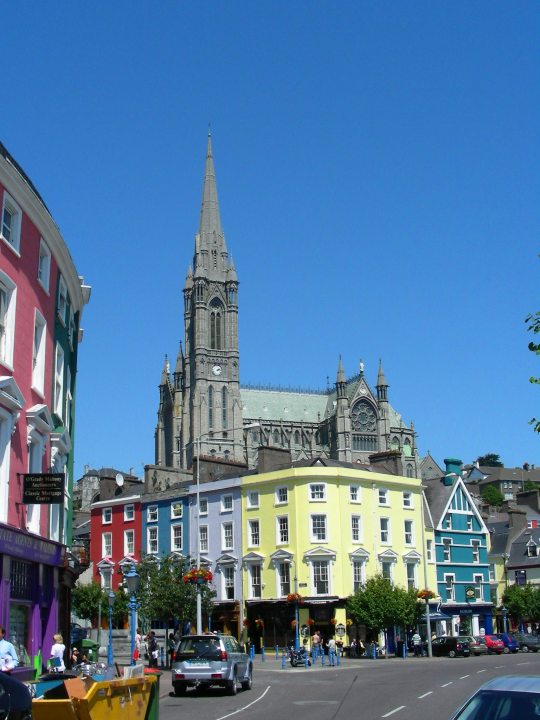
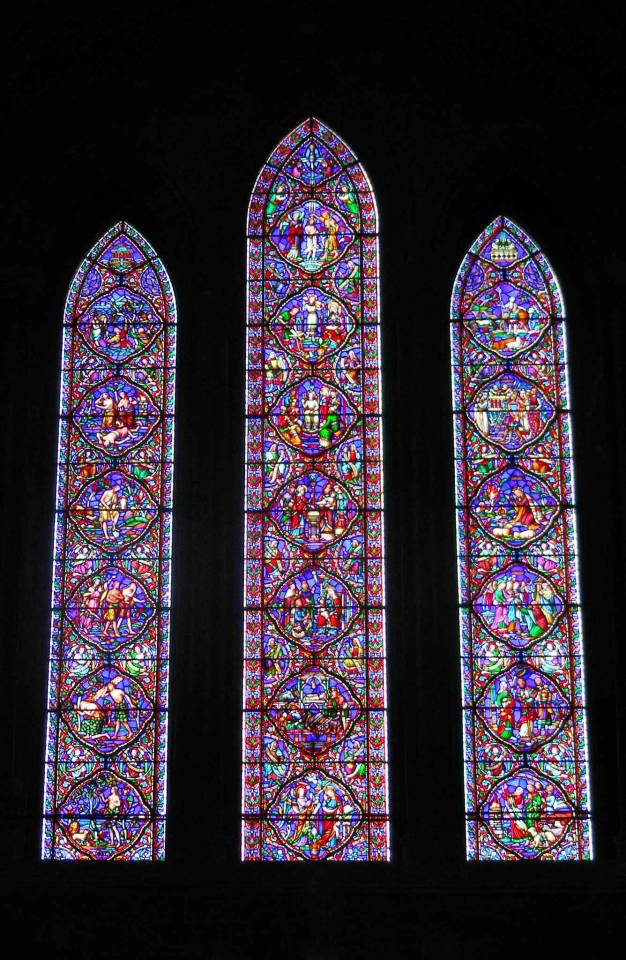

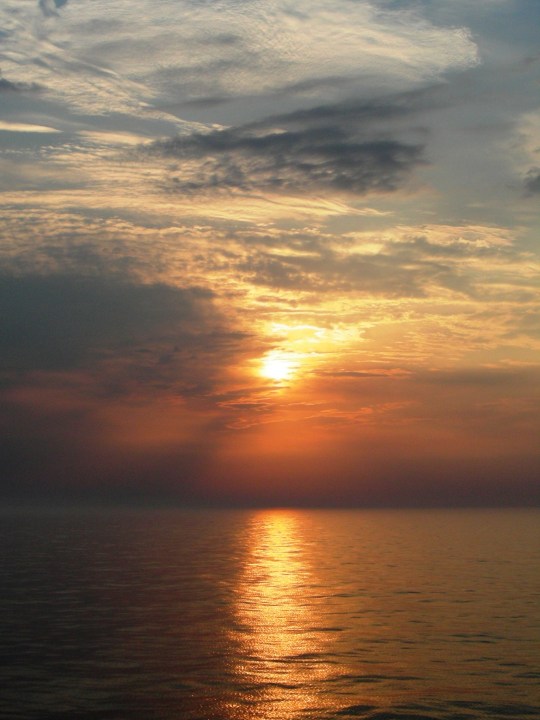



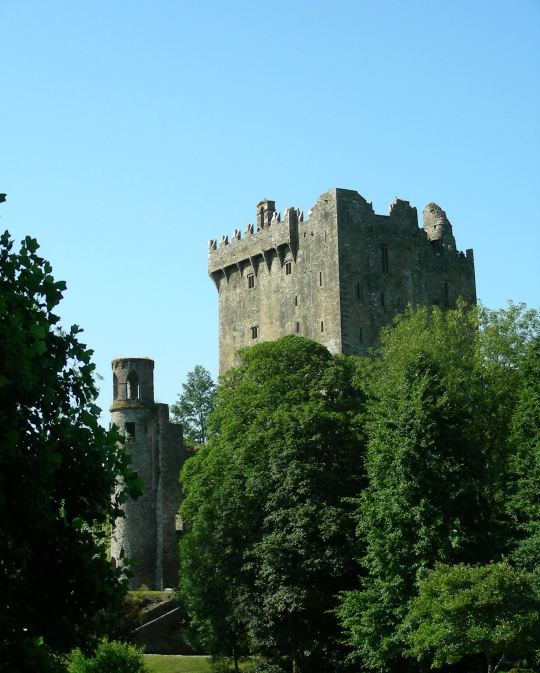


The Irish Free State was replaced by a new state called Ireland with the adoption of a new constitution on December 29, 1937.
#Irish Free State#Ireland#new constitution#29 December 1937#anniversary#Cobh#architecture#Dublin#landscape#cityscape#original photography#Blarney Castle#Constitution Day#Cathedral Church of St Colman#stained glass window#St. Patrick's Cathedral#Trinity College#summer 2006#Irish Sea#Muir Cheilteach#River Liffey
22 notes
·
View notes
Photo






Saint Patrick returns to Ireland as a missionary bishop on April 5, 456.
#Saint Patrick#returns#Ireland#5 April 456#anniversary#Cathedral Basilica of St. Augustine#altar#tile#candle#interior#landscape#view#nature#tree#forest#sunset#irish sea#Muir Cheilteach#cobh#summer fog#countryside#photography#photoset#travel#vacation#tourism
2 notes
·
View notes
Photo

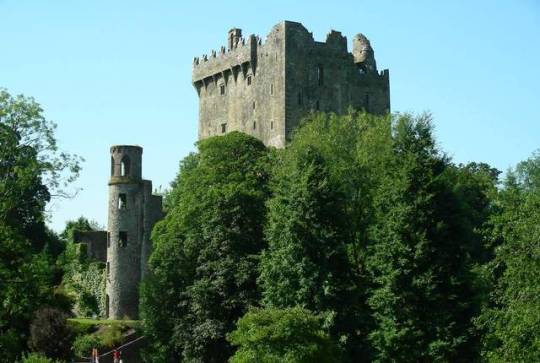
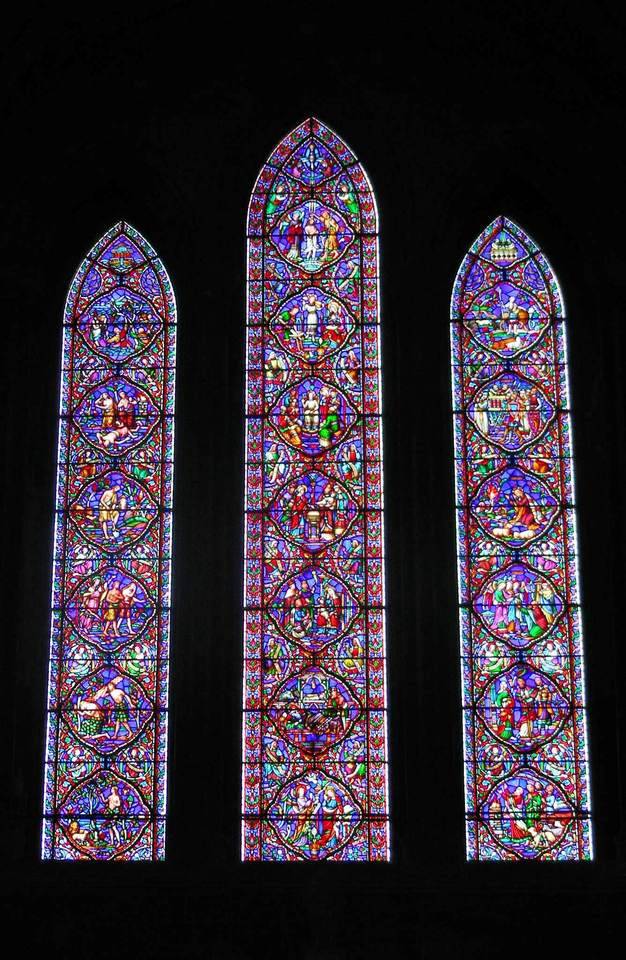







The Irish Free State is replaced by a new state called Ireland with the adoption of a new constitution on December 29, 1937.
#Ireland#29 December 1937#history#cobh#Cathedral Church of St Colman#Blarney Castle#cityscape#ruin#architecture#streetscene#landscape#tree#grass#Trinity College#St. Patrick's Cathedral#stained glass window#National Library of Ireland#Muir Cheilteach#irish sea#water#sunset#summer 2006#River Liffey#GTS Celebrity Constellation#travel#photography#photoset
9 notes
·
View notes
Photo
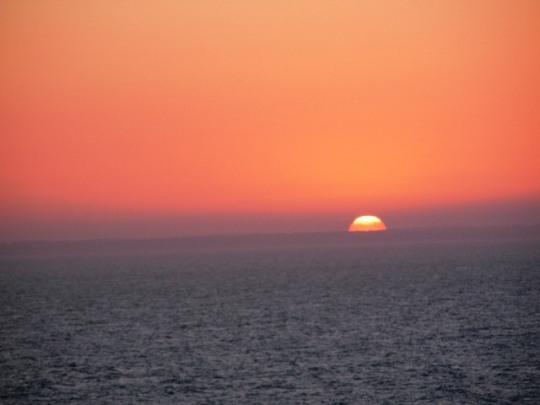





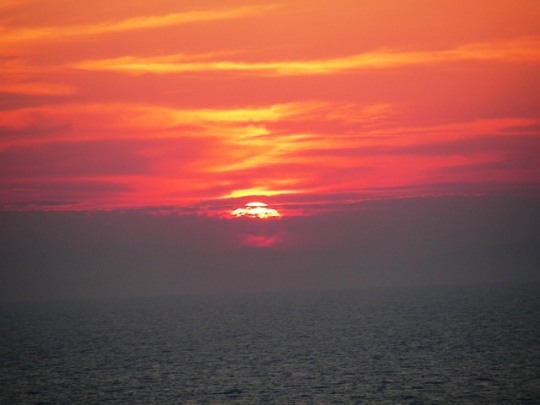



Seascapes (No. 52)
English Channel (four pics)
Muir Cheilteach/Celtic Sea (four pics)
Irish Sea (two pics)
#English Channel#ship#summer 2006#original photography#nature#water#seascape#Le Havre#France#Cobh#Ireland#cityscape#landmark#tourist attraction#harbor#GTS Celebrity Constellation#Muir Cheilteach#sunset#Celtic Sea#Irish Sea#reflection#colors#colourful#horzion#clouds
0 notes